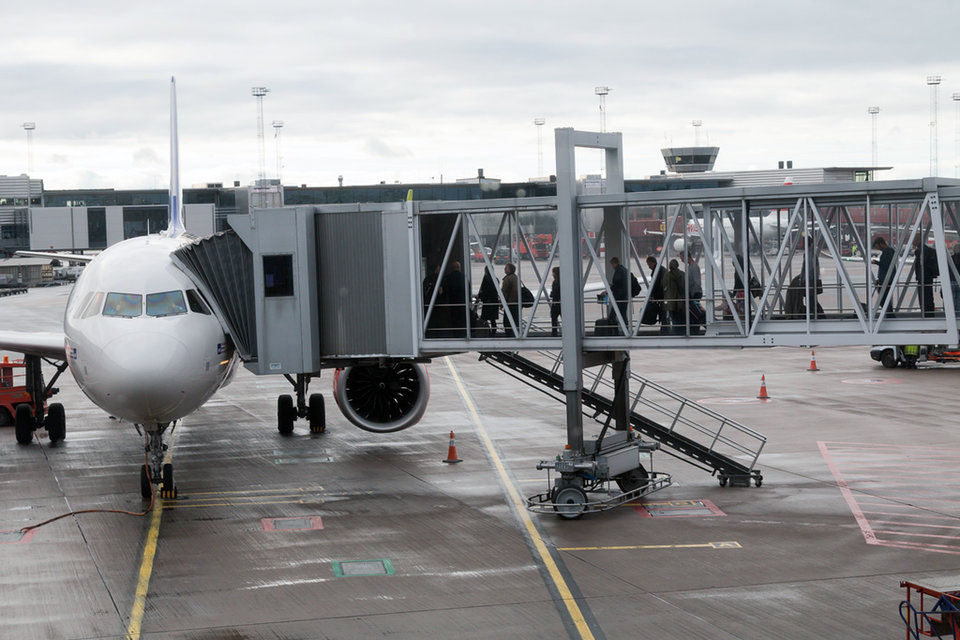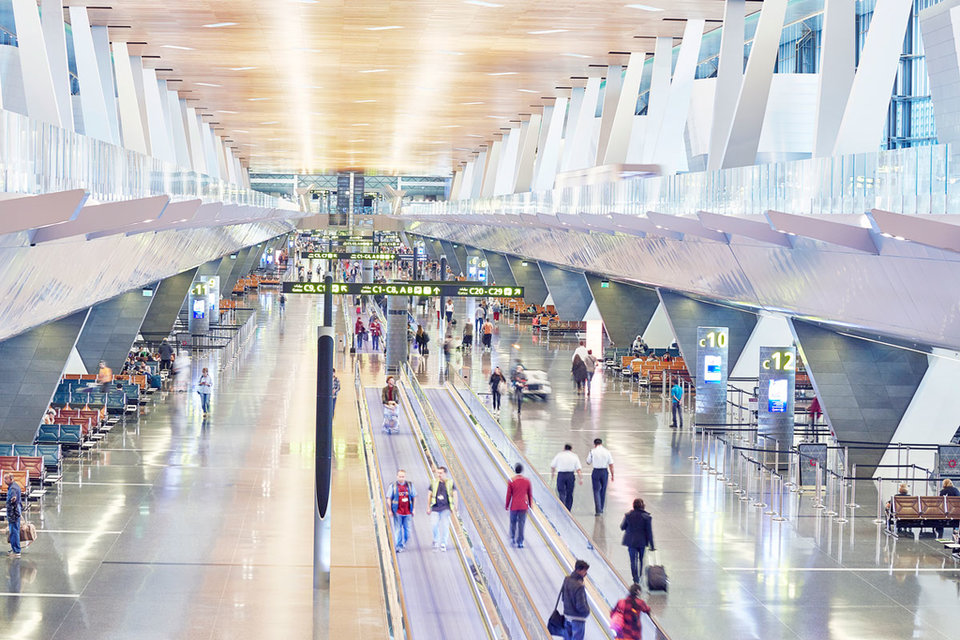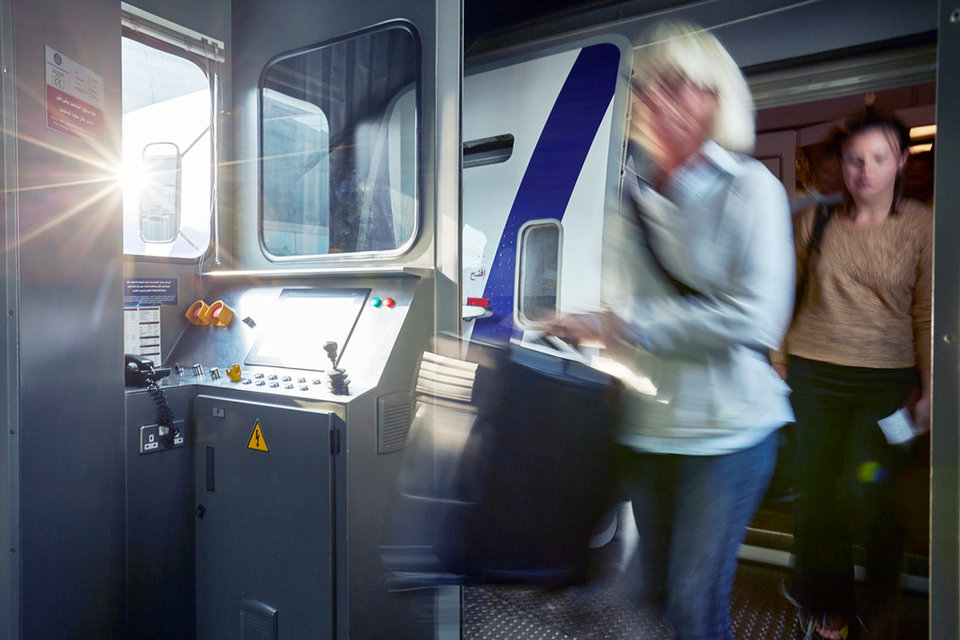Technology
Q&A: airport efficiency with thyssenkrupp Access Solutions
Creating a seamless, technology-driven experience for passengers is what any airport in the world aspires to. But how can this be achieved? thyssenkrupp Access Solutions CEO Mauro Carneiro gives to Adele Berti his insights on the industry's biggest demands and the role his company is playing to improve efficiency at airports.
From the departure hall to the airside, retail options to IT and more, an airport can only be efficient if every single aspect of its operations can function independently while also collaborating with all other stakeholders.
An arduous task in principle, it is getting even harder in practice, as issues such as climate change and capacity constraints continue to threaten airports’ attempts to get customer approval ratings up.
With the idea that each component plays a key part in improving efficiency records, thyssenkrupp’s Access Solutions division is bidding to give its contribution.
According to thyssenkrupp Access Solutions CEO Mauro Carneiro, the company’s new Remote Control System (RCS) allows operators to control and monitor passenger boarding bridges form a remote position. With efficiency as the ultimate goal, Carneiro says there is an increasing need in the industry to cooperate more strictly, deploy the latest technologies available, and have a deep understanding of passenger profiles.
Adele Berti: To what extent does the RCS solution help ensure efficient operations at an airport?
Mauro Carneiro: Efficiency is a formula, the addition of many things. If you look specifically at the passenger boarding bridges, then you're really talking about turnaround time, making sure that those bridges are moving in and out at the airport quickly.
And it's not just a turnaround time as a function of time, but also as a function of other things, making sure that everything goes smooth in a specific process. With the RCS, you're really ensuring that the trajectory of the loading and uploading, the docking and undocking is predictable.
The system is taking away unnecessary human interaction and replacing it with already tested technology and predictability. So, people are always important and required, but you do not have to use people all the time to do certain tasks. This is where you're improving the reliability, downtimes and uptimes of the gate.
So, efficiency is a formula and we're only part of that formula as we can talk about the operation and the traffic, although there are other factors around the operation of an airport, from baggage handling to security.

Image: ClimbWhenReady / Shutterstock.com
To what extent are the latest technologies being used in your product?
Part of thyssenkrupp is the elevators’ division, and elevators already are way ahead of our parts of the business when it comes to using the Internet of Things, and digitisation with a brain. In that field, the next system will be about predictive technology.
[As for airports,] we're linking that type of intelligence to our escalators or moving walks in the passenger boarding bridges and we can do that because we're leveraging on what the company already has and make sure that what we do with the passenger boarding bridges is equal to that of what we do today with the elevators.
Your range of clients includes Hamad International Airport, London Heathrow and Istanbul Airport. What do different customers want? Are you seeing any common traits in their demands?
We go back to the topic of efficiency, everyone wants to make sure that the customers have a memorable experience. Airports are just as concerned as airlines about the fact that people need to have a personal experience. Everyone wants to have repeat business, everyone wants to have happy customers.
You have to translate that into something that's meaningful. And, of course, we take it for granted that our physical products have high quality but we need to go beyond that, into the digital side of the world and we have to go into the artificial intelligence side of it. I think that the trend in the industry is to go more and more towards digitalisation, the Internet of Things and artificial intelligence.

Doha Hamad International Airport. Image: thyssenkrupp Access Solutions
What are the challenges associated with this goal?
The main challenge is to put everything together and make sense of it. Once you have all the information, what do you do with it? So, you have to really be able to process that information and make use of it to improve efficiency.
The other challenge is the fact that airports are very specific special places around the world and so are airlines. They also have different requirements than airlines, so it's not particularly easy to standardise what digital intelligence means for both.
Looking to the future, what's coming next?
What we want to do is make sure that people are moving in and out of airports in an efficient way. We want to make sure that we make their journey seamless, but also at the right pace – it doesn’t necessarily have to be fast. It's very important that we take into consideration the fact that we have different people here with different needs, age, and mobility, in a hurry or no hurry, and we need to make sure that that process is right.
So, in the future, we will see technologies letting people move faster, and we will need to collaborate with airports to provide the right environment for travellers.
[As for thyssenkrupp’s portfolio,] predictive maintenance is also a huge topic right now for airports. You really want to anticipate that something's going to happen as opposed to go and remedy the situation.
This is where predictability comes into the equation, because not only does it improve the uptime, but it also makes sure that you can plan for anything and make sure to have your staff available at the right times.

Image: thyssenkrupp Access Solutions
Mauro Carneiro, CEO of thyssenkrupp Access Solutions.